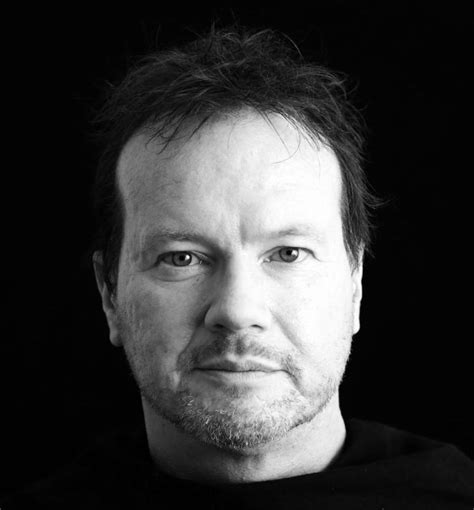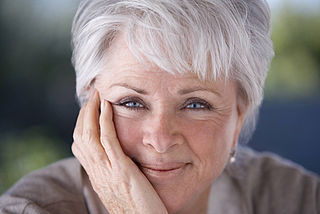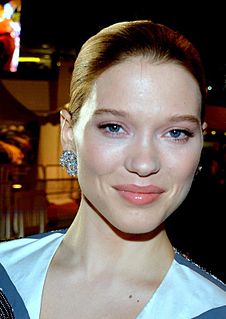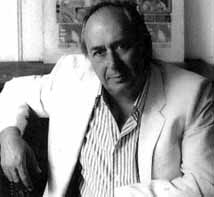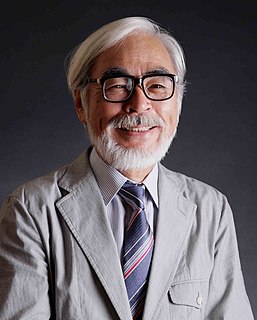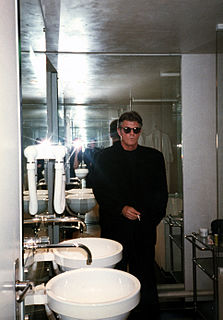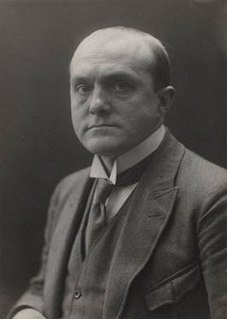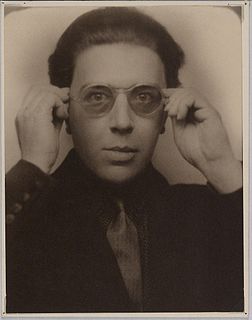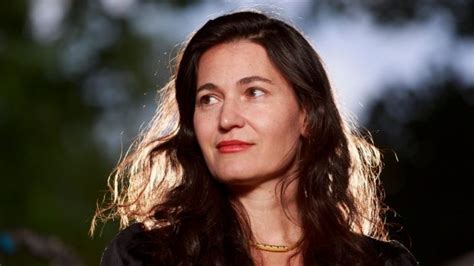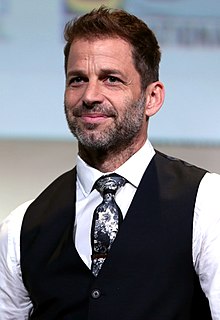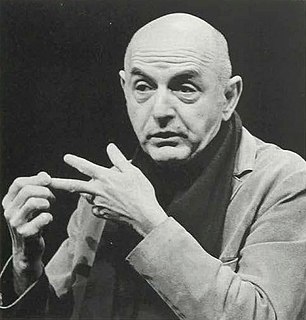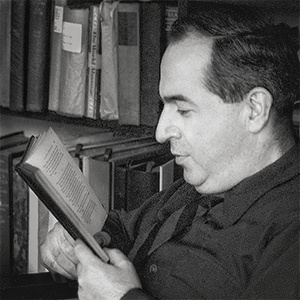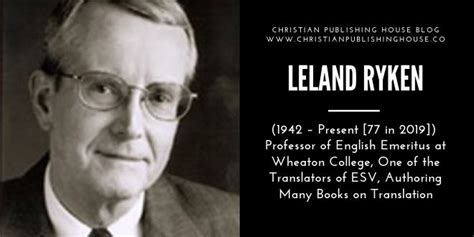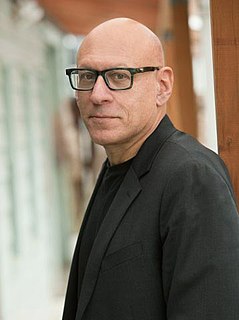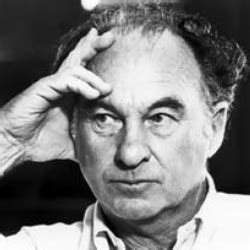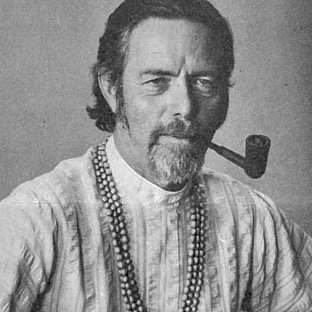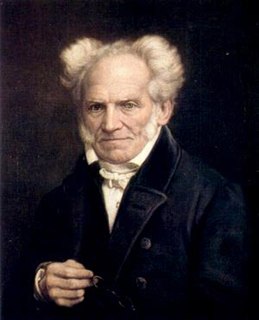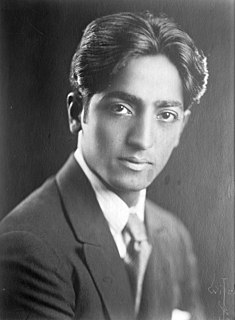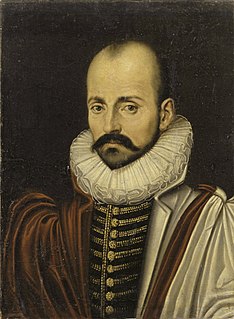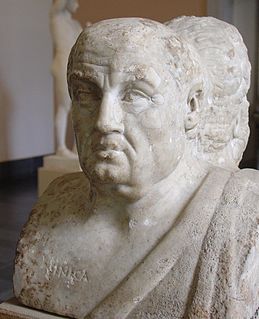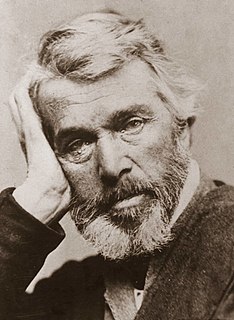A Quote by Timothy Morton
I believe art is a way to attune to what reality is, which is a weird reality.
Related Quotes
Reality - the way that is, exactly as it is, in every moment - is always kind. It's our story about reality that blurs our vision, obscures what's true, and leads us to believe that there is injustice in the world. I sometimes say that you move totally away from reality when you believe that there is a legitimate reason to suffer.
Art is the principal way in which the human mind has tried to remake the world in a way that makes sense. The carefully edited, slow-motion, action replay of a rugby tackle, a car crash or a sex act has more significance than the original event. Thanks to virtual reality, we will soon be moving into a world where a heightened super-reality will consist entirely of action replays, and reality will therefore be all the more rich and meaningful.
You believe that reality is something objective, external, existing in its own right. You also believe that the nature of reality is self-evident. When you delude yourself into thinking that you see something, you assume that everyone else sees the same thing as you. But I tell you, Winston, that reality exists in the human mind, and nowhere else. Not in the individual mind, which can make mistakes, and in any case soon perishes: only in the mind of the Paty, which is collective and immortal.
Digital technology, you see, is not the villain here. It simply offers another dimension. I'm not sure if it's a farther remove from reality than analogue. I think if we can speak of reality, if reality and representation can be spoken of in the same sentence, if reality even exists any more, digital is simply another way of encoding that reality.
The book Forest Dark wants to provoke questions about what is reality and why are we so given to believe that reality is firm and unbendable. There's a whole host of questions that the book is asking about that. Why do we believe that the world is only one way and as we see it? Why are we not open to the ways in which it might be otherwise.
I believe in the invisible. I do not believe in the definitive reality of things around us. For me, reality is the intuition and the imagination and the quiet voice inside my head that says: isn't that extraordinary? The things in our lives are the shadows of reality, just as we ourselves are shadows.
There is no way reality can be prevented from flowing the way it
flows. It is our vain attempts to force it to flow in the service
of our imaginary needs which sets us in painful conflict with our-
selves and nature. You are not separate from the flowing reality;
you are that flowing reality. See this and you will not see any-
thing else which conflicts with it. You will be what you see.
